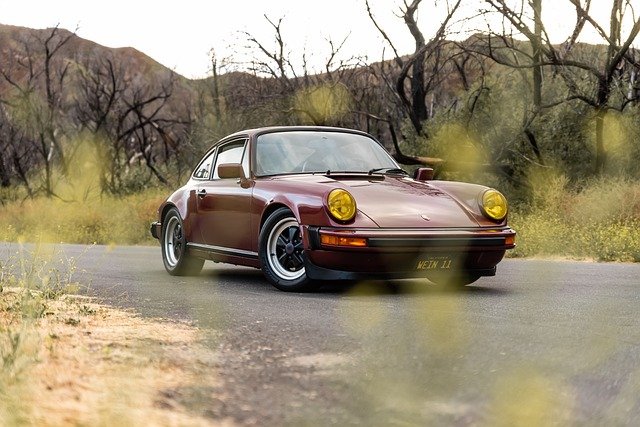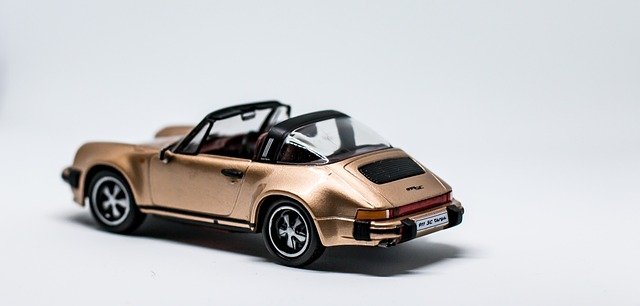The 911’s design
In the history of automobiles, the 911 design has remained consistent. For almost as long, no other car has managed to remain as distinctive as this one. The first 911 established the fundamental design that is still in use today. Some key elements of its design include the free-standing front wings with the flat front bonnet in between, the fastback’s design, the lateral lines, and the form of the side windows.

The 911 has a distinctive symbolism that has even permeated popular culture and awareness. Very few car models have succeeded in becoming such a cultural icon. It takes time for people to recognize, accept, and ultimately want new things. The product cannot become an icon at this stage if it is redesigned. The 911 has been successful in this during the course of its five decades of development. Not only does it set the standard for later sports cars in terms of driving characteristics, but the model line’s classic styling plays a significant role in the mythology of the 911. In fact, many people believe it to be the “perfectly proportioned sports car,” as one critic of design once described it. When Ferdinand Alexander Porsche created the 911, he was definitely onto something exceptional. By doing this, he created a design ethos that still permeates the building of sports cars today.
All seven model generations saw the 911 remain contemporary, but it never became trendy. It is appropriate for a genuine classic. The goal of every Porsche sports vehicle, both present and future, is to attain this look. Their pursuit of distilling the core of a design history, with origins in the 1930s, is a defining characteristic of their work. The Porsche design studio popularized a streamlined form with the Volkswagen “Beetle.” The Type 64, the prototype for all Porsche sports vehicles, was created in 1939. 1948 saw the start of manufacturing of the Porsche 356.
Though they should honor the past, designers shouldn’t lose sight of the future. Making contemporary improvements to the form holds the key to the answer. Although it seems simple, this is a significant problem for a designer. The shape of a 911 is unlikely to cause any issues, but the specifics are rather challenging. The fundamental contour of the design is so well-proportioned that it is incredibly sensitive to even the smallest changes.
Because of this, the designers examined where alterations were made to the model line’s design history while creating the present 911. The interplay of convex and concave lines in the 993 marked the first significant update to the 911 in 1993. The 996 was the first Porsche engine to be water-cooled instead of air-cooled, and it had redesigned, striking headlamps along with unique proportions. With the release of the 997 in 2004, the very rounded design of the 996 was somewhat refined. Based on a review of its predecessors, the 991 has a lower roof line, a wider track, and an enlarged wheelbase. Based on these modified dimensions, the headlight, rear light, front mask, and rear window designs were created.

The way these components interact provides the 991 its distinct visual statement, which is crucial to the Porsche brand as a whole. The 911 serves as the foundation for all future Porsche models. Every Porsche, whether it be the Boxster, Cayenne, or Panamera, is the sportiest vehicle in its class and embodies the 911 mentality.
This holds true for the inside of our Porsche sports vehicles, more so than the outside, both now and in the future. Today, as opposed to earlier times, the inside of a car is a major consideration when making a purchase, and manufacturers take much care in this regard. The Porsche brand must also be easily identifiable inside the vehicle, not only from the left-hand ignition key position or the traditional round instrumentation. The rising center console is only one example of the brand-specific stylistic components that define Porsche’s interior philosophy, which is applicable to the complete product line.